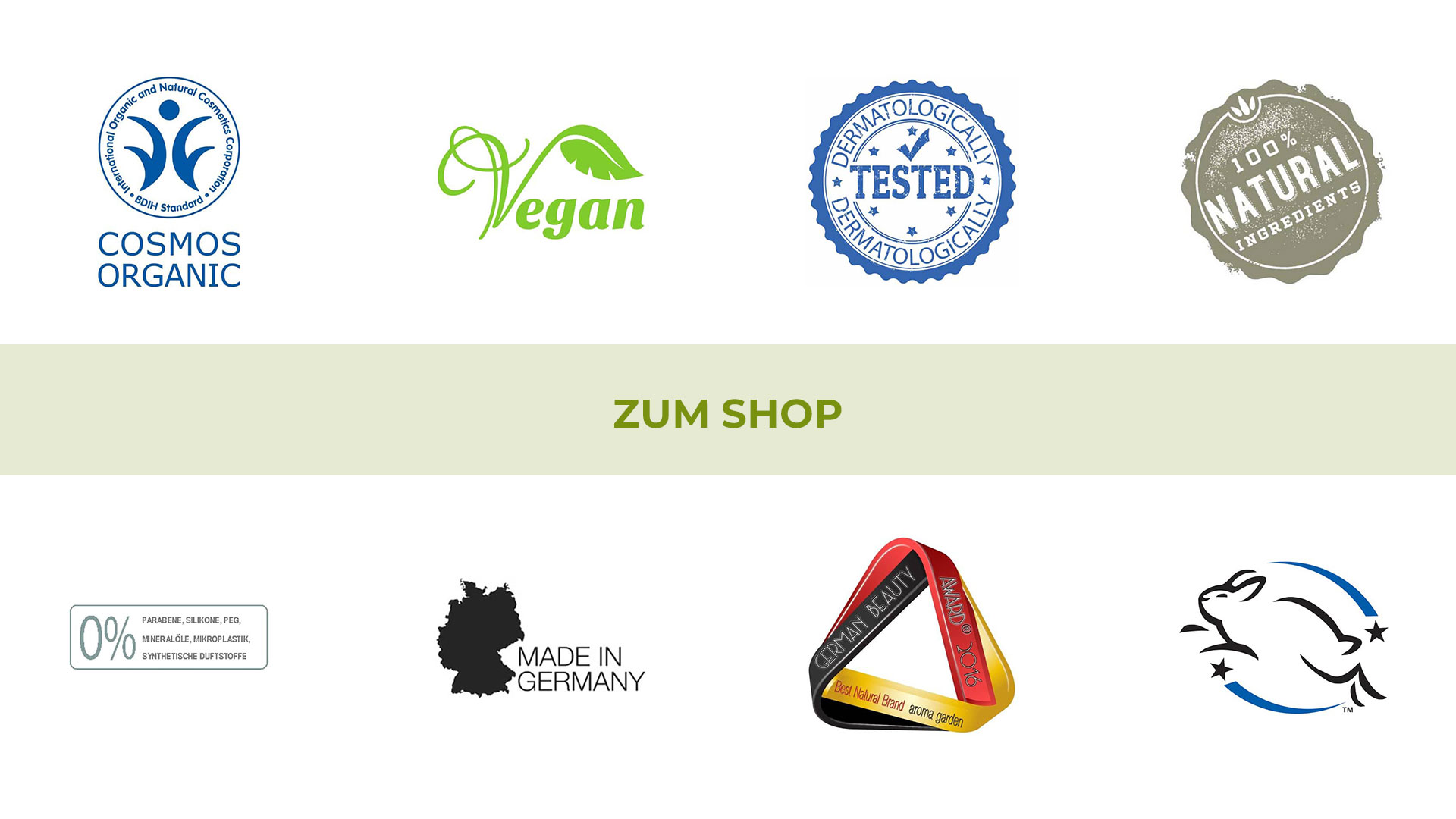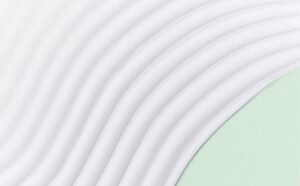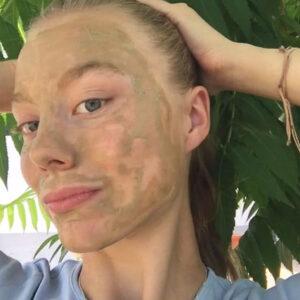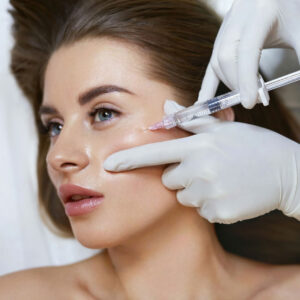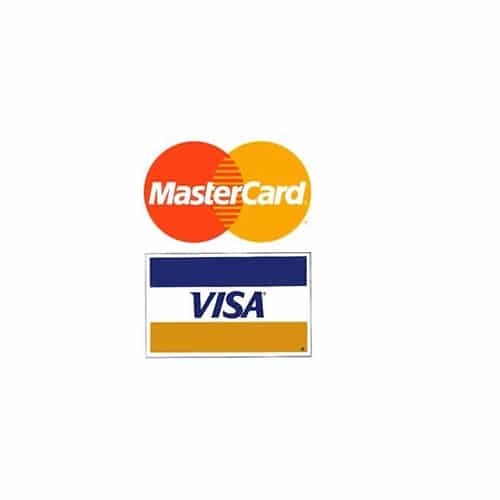We've all heard of counterfeit designer products - but fake beauty?
With online shopping (and bargain hunting) on the rise, counterfeit beauty and skin care products are becoming more and more frequent.
Read on for our Recognition guide and avoiding fake beauty - and why you should in search of the real thing should be.
The counterfeit beauty products industry
The spread of false beauty has become so problematic that the US Department of Homeland Security has created a department called "Operation Plastic Beauty", which is specifically designed to prevent their spread.

The results of an investigation showed that 20 of 47 products, purchased from third-party sellers were fake. In each case, the seller had a customer rating of at least 90 percent, making false confidence was createdthat can harm the end consumer.
Why avoid counterfeit skin products
So, what's the problem?
When customers don't buy what they think they paid for, the results can be problematic.
Below is a closer look at the risks you run when you buy fake skin care products.
Ineffective ingredients
If you buy counterfeit skincare products, there is a good chance that they will prove to be ineffective. In some cases, you may have bought "original" have bought products that are past their prime (and have lost their Effectiveness lost have).
In other cases cheap imitationsposing as the genuine article.
This typically includes Filler ingredientswhich have a lower percentage of active ingredients and are chemically rather than naturally and organically based.
Possible health risks
Counterfeit products are not subject to any regulations and do not comply with safety and hygiene directives. This means that there is no way of knowing what they contain, where their ingredients come from or how they are produced. According to the US Chamber of Commerce, this "presents risks to consumer safety, as these products contain dangerous or prohibited alternative ingredients in their formulations". Studies of confiscated cosmetics have shown that some of them contain high levels of bacteria as well as toxic ingredients such as lead, arsenic and mercury.
Peace of mind
When it comes to peace of mind, there is none.
Manufacturers can only stand behind their products if they are purchased from authorized resellers. Counterfeit cosmetics have no chain of custodywhich dictates when the product was made, where it was located, and how it was stored. Candice Li, VP of global public affairs and a member of the International Anti-Counterfeiting Coalition, tells Refinery29: "Counterfeiting is dangerous because the people who make the products, Abbreviations used in production ... At the end of the day, the counterfeiters only care about your money. They don't care if they give consumers a bad product - or no product at all."
In the end, counterfeiters are only interested in your money. They don't care about selling consumers bad products - or even no products at all.
How to ensure that you buy original products
Since counterfeit cosmetics cause such problems, how can you make the difference? In general, if the product does not come directly from the manufacturer or its authorised dealers (even if it comes from a large online shop), there is a good chance it is a fake. When you buy our products, make sure they are not sold by third party vendors. As far as aroma garden's original products are concerned, you should buy them either from our cosmetic partners, authorised online shops or on our website.
Here are a few guidelines that you should follow when shopping online.
Check the label
Counterfeiters often omit important details From. Business Insider advises to examine the label and look out for these common tricks: "Labels, typos, misspellings, and poor printing. should be on your radar. Packaging should include any retail packaging for new products, such as manuals or printed materials, as well as UPC bar codes." Be sure to identify the product with the barcode printed on the official website of the brand to make sure everything matches.
Use common sense
When an offer from a retailer seems too good to be true, then it is probably true. Sonia Batra MD says: "Pay close attention to the prices, packaging and quality of the product. If the price is too good to be true, if the packaging is discolored or missing a bar code, or if the consistency or texture of the product appears to be different from the original, it is most likely a counterfeit product. If it appears suspiciously cheap or is sold in large quantities, it is most likely a counterfeit.
If the price is too good to be true, if the packaging is discolored or missing a bar code, or if the consistency or texture of the product appears to be different from the original, it is most likely a counterfeit product.


